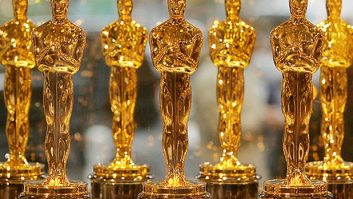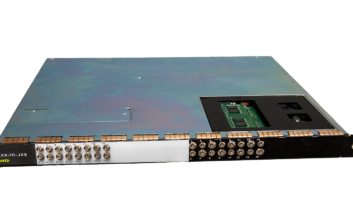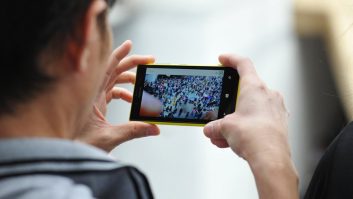The Academy of Motion Picture Arts and Sciences has announced the winners of its annual Scientific and Technical Awards.
The winners will be presented with their trophies at an event in Los Angeles next month.
“Each year, a global group of technology practitioners and experts sets out to examine the extraordinary tools and techniques employed in the creation of motion pictures,” said Barbara Ford Grant, chair of the Academy’s Scientific and Technical Awards Committee, which oversees the vetting of the awards.
“This year, we honour 16 technologies for their exceptional contributions to how we craft and enhance the movie experience, from the safe execution of on-set special effects to new levels of image presentation fidelity and immersive sound to open frameworks that enable artists to share their digital creations across different software and studios seamlessly. These remarkable achievements in the arts and sciences of filmmaking have propelled our medium to unprecedented levels of greatness.”
The winners are:
James Eggleton and Delwyn Holroyd for the design, implementation and integration of the High-Density Encoding (HDE) lossless compression algorithm within the Codex recording toolset.
Jeff Lait, Dan Bailey and Nick Avramoussis for the continued evolution and expansion of the feature set of OpenVDB.
Bill Beck for the utilisation of semiconductor lasers for theatrical laser projection systems.
Gregory T. Niven for his work in using laser diodes for theatrical laser projection systems.
Yoshitaka Nakatsu, Yoji Nagao, Tsuyoshi Hirao, Tomonori Morizumi and Kazuma Kozuru for their development of laser diodes for theatrical laser projection systems.
Arnold Peterson and Elia P. Popov for their ongoing design and engineering, and to John Frazier for the initial concept of the Blind Driver Roof Pod.
Jon G. Belyeu for the design and engineering of Movie Works Cable Cutter devices.
Oliver Castle and Marcus Schoo for the design and engineering of Atlas, and to Keith Lackey for the prototype creation and early development of Atlas.
Lucas Miller, Christopher Jon Horvath, Steve LaVietes and Joe Ardent for the creation of the Alembic Caching and Interchange system.
Charles Q. Robinson, Nicolas Tsingos, Christophe Chabanne, Mark Vinton and the team of software, hardware and implementation engineers of the Cinema Audio Group at Dolby Laboratories for the creation of the Dolby Atmos Cinema Sound System.
Steve Read and Barry Silverstein for their contributions to the design and development of the IMAX Prismless Laser Projector.
Peter Janssens, Goran Stojmenovik and Wouter D’Oosterlinck for the design and development of the Barco RGB Laser Projector.
Michael Perkins, Gerwin Damberg, Trevor Davies and Martin J. Richards for the design and development of the Christie E3LH Dolby Vision Cinema Projection System, implemented in collaboration between Dolby Cinema and Christie Digital engineering teams.
Ken Museth, Peter Cucka and Mihai Aldén for the creation of OpenVDB and its ongoing impact within the motion picture industry.
Jaden Oh for the concept and development of the Marvelous Designer clothing creation system.
F. Sebastian Grassia, Alex Mohr, Sunya Boonyatera, Brett Levin and Jeremy Cowles for the design and engineering of Pixar’s Universal Scene Description (USD).






